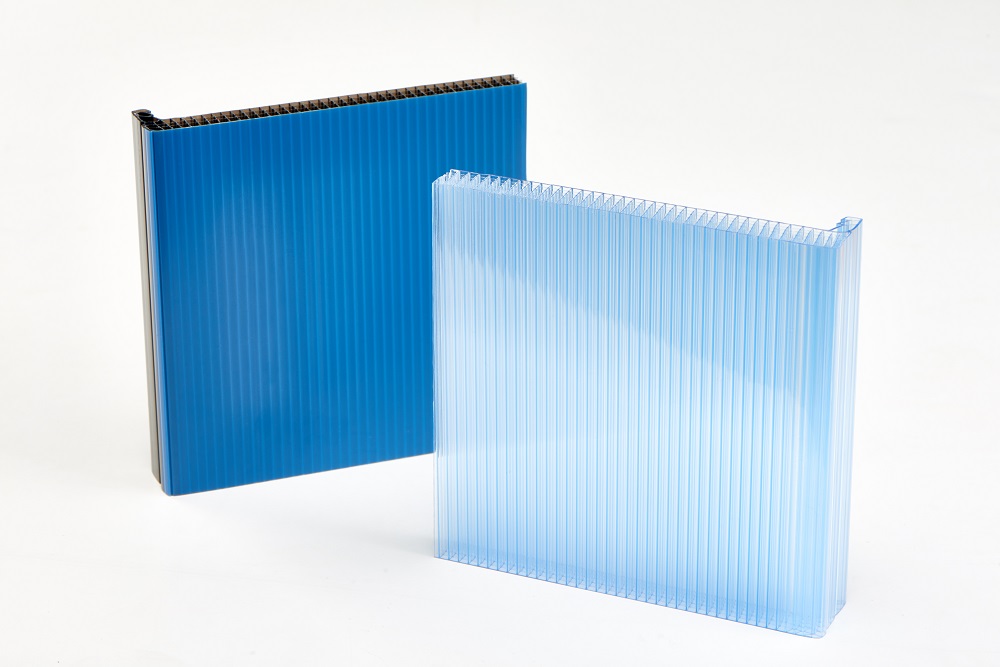
The market for polycarbonate and polycarbonate panels has developed in recent years. Largely down to the fact that people are looking for more environmentally friendly and energy efficient materials to be used on their structures.
If people solely wanted to protect the environment, but the panels were expensive and not energy efficient, these polycarbonate panels would be nowhere near as popular as they are today.
 All across the world polycarbonate has been replacing the traditional building materials like toughened glass and polyethylene membrane across a wide variety of industries. This is largely down to the fact that they strike the best balance between high impact strength, being lightweight, frame resistance, anti-drop, light transmission and UV protection, all while still looking great from an aesthetic perspective.
All across the world polycarbonate has been replacing the traditional building materials like toughened glass and polyethylene membrane across a wide variety of industries. This is largely down to the fact that they strike the best balance between high impact strength, being lightweight, frame resistance, anti-drop, light transmission and UV protection, all while still looking great from an aesthetic perspective.
Clear polycarbonate is just as translucent as glass, but it is only half the weight which makes it a whole lot easier to transport and to install. Test studies have shown that polycarbonate sheeting and panelling strength is approximately 200 times that of your usual glass and up to 20 times of tempering glass. This is why they are such a great solution for structures that are exposed to a lot of tough weather conditions like storm rain and strong winds.
At Danpal, we have created a top of the line translucent façade system utilising polycarbonate panels to great effect. We have a specially designed rain screen system that is completely waterproof, which helps to preserve the integrity of a surface long into the future.
As polycarbonate is so easy to cut and you have the flexibility to utilise it in many different forms, more and more architects are using it to come up with innovative and highly functional designs for the structures they are working on.
The main area of benefit for many people is that they are top quality insulators. In this day and age, buildings make up about 40% of the primary energy consumption for most developed nations. This is why insulation is so important in terms of managing energy costs.
Our system protects the insulation from external forces thanks largely to the natural ventilation in the facade as a result of the air gap. This means that there is a constant convective motion occurring behind these panels, which keeps the insulation nice and dry, as well as efficient in the long run.
